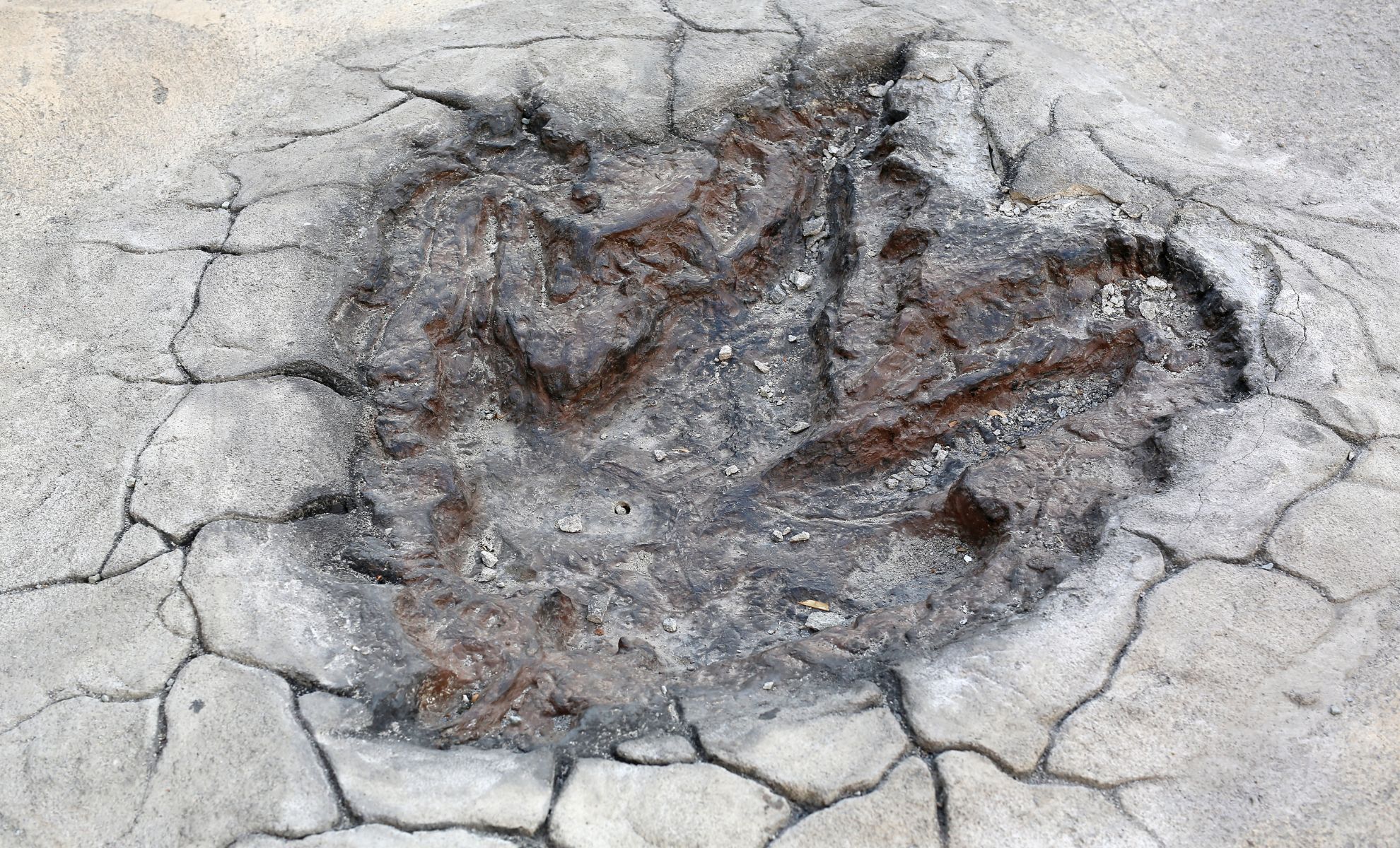
76 Million-Year-Old Footprints Show Tyrannosaurs Were Watching Their Prey
How did your country report this? Share your view in the comments.
Diverging Reports Breakdown
76 Million-Year-Old Footprints Show Tyrannosaurs Were Watching Their Prey
The Skyline Tracksite contains footprints from several different dinosaur species walking side by side. The tracks appear to belong to a variety of species, including ceratopsians (horned dinosaurs) and possibly an ankylosaurid (armored dinosaurs) The presence of tyrannosaur tracks alongside those of herbivorous dinosaurs suggests that, like modern-day predators, these ancient predators might have been carefully evaluating the movements of potential prey. This discovery contributes significantly to the broader understanding of dinosaur behavior, particularly how different species might have coordinated their movements for survival. The fossilized tracks are an invaluable snapshot of life during the Late Cretaceous, offering clues about how dinosaurs may have lived, traveled, and interacted with one another. The findings also highlight the potential for even more discoveries in the future.
Footprints from the Past
According to Discover Wildlife, Dinosaur Provincial Park has long been a rich source of fossil discoveries, yielding over 50 species of dinosaurs, including iconic species like tyrannosaurs, hadrosaurs, and ceratopsians. Despite the abundance of skeletal remains in the area, footprints have been a rare find. However, this latest discovery stands out not only because of the exceptional preservation of the tracks, but also because it reveals unprecedented details about dinosaur behavior.
The Skyline Tracksite contains footprints from several different dinosaur species walking side by side. The research team that uncovered the site, including Dr. Phil Bell from the University of New England, noted that the tracks appear to belong to a variety of species, including ceratopsians (horned dinosaurs) and possibly an ankylosaurid (armored dinosaurs), suggesting that different species may have lived and moved together.
Credit: University of Reading
Tyrannosaurs on the Hunt
One of the most chilling aspects of this discovery is the finding of two large tyrannosaur footprints running perpendicular to the herd. These tracks, belonging to massive predators, suggest that the tyrannosaurs were likely stalking the herd of dinosaurs. According to Dr. Bell, “The tyrannosaur tracks give the sense that they were really eyeing up the herd, which is a pretty chilling thought.”
The possibility that these apex predators were closely observing the group adds a layer of intrigue to the find, as it hints at predator-prey dynamics during the Late Cretaceous period. While the researchers can’t say for certain whether the tyrannosaurs actually crossed paths with the herd, the discovery raises questions about how predators and prey might have interacted in prehistoric ecosystems.
Excavating a Rare Site
The process of uncovering these tracks was no simple task. The excavation team spent weeks carefully removing rock from the Skyline Tracksite using a variety of tools, from picks and trowels to corn brooms and paintbrushes. Over 29 square meters of rock surface was painstakingly excavated, revealing 13 well-preserved footprints of ceratopsians and additional prints of other species.
Among the footprints, the researchers identified a mix of herbivores and carnivores, all seemingly moving together in the same area. The ankylosaurid footprint was especially intriguing, suggesting that these armored dinosaurs may have been part of the same herd, further indicating the social nature of these animals.
Dr. Brian Pickles, a co-author of the study and a researcher at the University of Reading, reflected that “it was incredibly exciting to be walking in the footsteps of dinosaurs 76 million years after they laid them down,” he said.
Credit: University of Reading
New Insights into Dinosaur Behavior
This discovery contributes significantly to the broader understanding of dinosaur behavior, particularly how different species might have coordinated their movements for survival. The fossilized tracks at Skyline Tracksite are an invaluable snapshot of life during the Late Cretaceous, offering clues about how dinosaurs may have lived, traveled, and interacted with one another.
The presence of tyrannosaur tracks alongside those of herbivorous dinosaurs suggests that, like modern-day predators, these ancient predators might have been carefully evaluating the movements of potential prey. The findings also highlight the potential for even more discoveries in the future. As Dr. Pickles mentioned, the use of new imaging technology has allowed the team to locate additional tracksites within Dinosaur Provincial Park.
